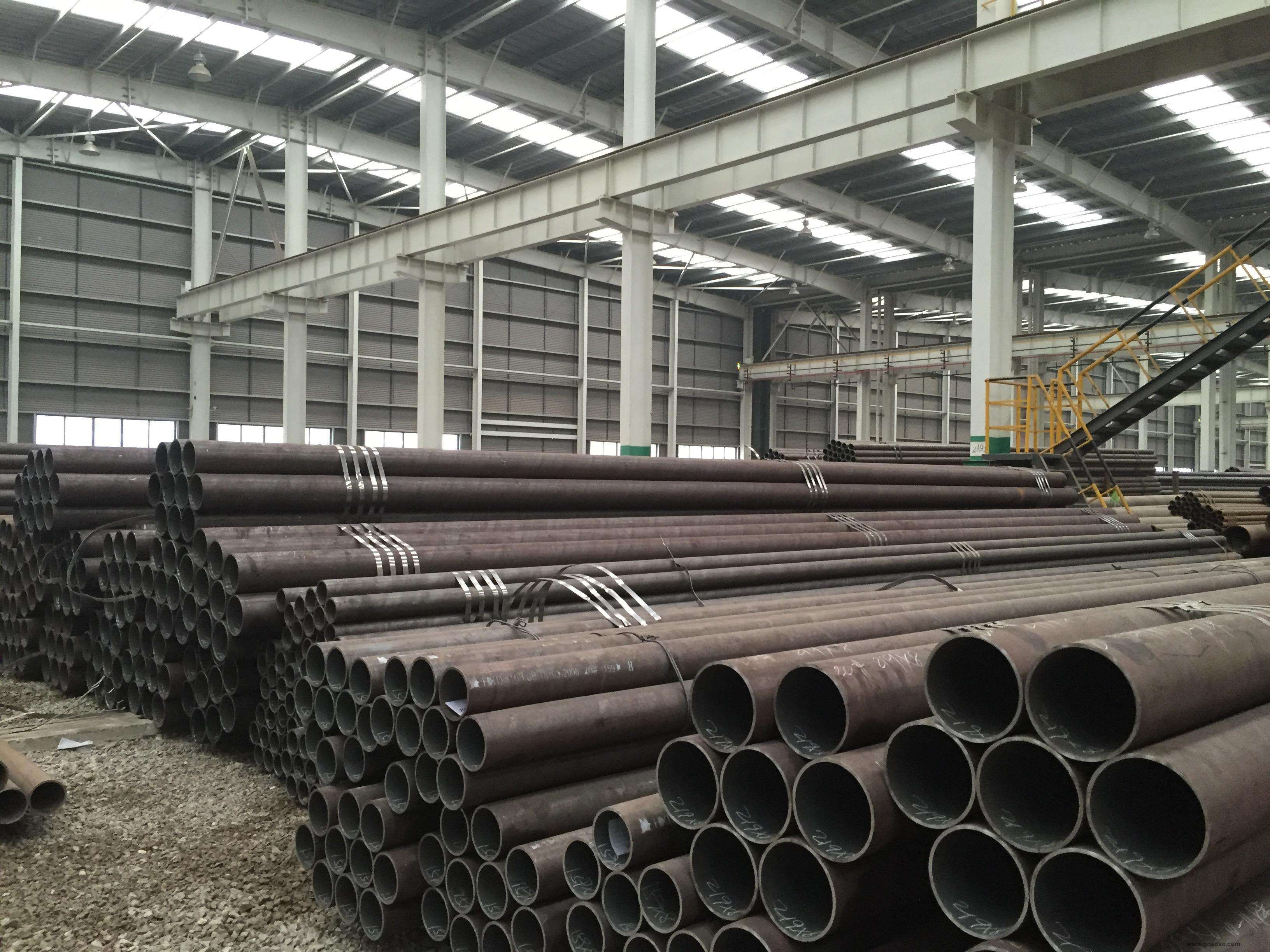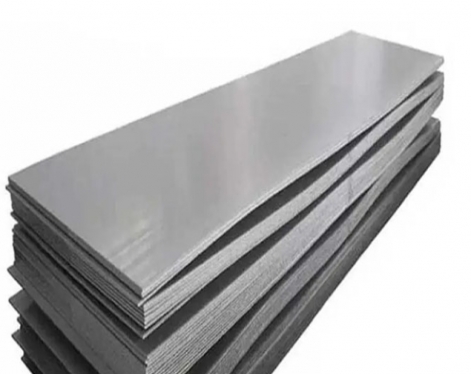The common tempering defects in the production of seamless pipes are: too high or too low hardness, uneven hardness, and deformation and brittleness caused by tempering.
The tempering hardness is too high, too low or uneven, mainly because the tempering temperature is too low, too high or the furnace temperature is uneven. Excessive hardness after tempering may also be due to short tempering time. Such problems can be controlled by adjusting the tempering temperature, etc.
The reason for the uneven hardness of the seamless pipe after tempering may be due to the excessive amount of furnace charging at one time or the improper selection of the heating furnace. If the tempering is carried out in a gas medium furnace, there should be an air circulation fan in the furnace, otherwise the temperature in the furnace cannot be uniform.

The deformation of the seamless pipe after tempering is often due to the unbalanced internal stress of the workpiece before tempering, stress relaxation or stress redistribution during tempering. To avoid deformation after tempering, or use multiple straightening and multiple heating, or use pressure tool tempering and other measures.
After the surface of high-speed steel is decarburized, network cracks may be formed during tempering. Because after surface decarburization, the specific volume of martensite decreases, resulting in multidirectional tensile stress and the formation of network cracks. In addition, when high-carbon steel pipes are tempered, if they are heated too quickly, the surface will be tempered first, the specific volume will be reduced, and multi-directional tensile stress will be generated, resulting in network cracks.
The emergence of brittleness after tempering is mainly due to the improper tempering temperature selected, or insufficient cooling rate after tempering (the second type of tempering brittleness). Therefore, to prevent brittleness, the tempering temperature and cooling method should be selected correctly. Once temper brittleness occurs, for the first type of temper brittleness, it can only be quenched by reheating and tempered at another temperature. For the second type of temper brittleness, it can be eliminated by reheating and tempering, and then accelerating the cooling rate after tempering.
The tempering hardness is too high, too low or uneven, mainly because the tempering temperature is too low, too high or the furnace temperature is uneven. Excessive hardness after tempering may also be due to short tempering time. Such problems can be controlled by adjusting the tempering temperature, etc.
The reason for the uneven hardness of the seamless pipe after tempering may be due to the excessive amount of furnace charging at one time or the improper selection of the heating furnace. If the tempering is carried out in a gas medium furnace, there should be an air circulation fan in the furnace, otherwise the temperature in the furnace cannot be uniform.

The deformation of the seamless pipe after tempering is often due to the unbalanced internal stress of the workpiece before tempering, stress relaxation or stress redistribution during tempering. To avoid deformation after tempering, or use multiple straightening and multiple heating, or use pressure tool tempering and other measures.
After the surface of high-speed steel is decarburized, network cracks may be formed during tempering. Because after surface decarburization, the specific volume of martensite decreases, resulting in multidirectional tensile stress and the formation of network cracks. In addition, when high-carbon steel pipes are tempered, if they are heated too quickly, the surface will be tempered first, the specific volume will be reduced, and multi-directional tensile stress will be generated, resulting in network cracks.
The emergence of brittleness after tempering is mainly due to the improper tempering temperature selected, or insufficient cooling rate after tempering (the second type of tempering brittleness). Therefore, to prevent brittleness, the tempering temperature and cooling method should be selected correctly. Once temper brittleness occurs, for the first type of temper brittleness, it can only be quenched by reheating and tempered at another temperature. For the second type of temper brittleness, it can be eliminated by reheating and tempering, and then accelerating the cooling rate after tempering.









